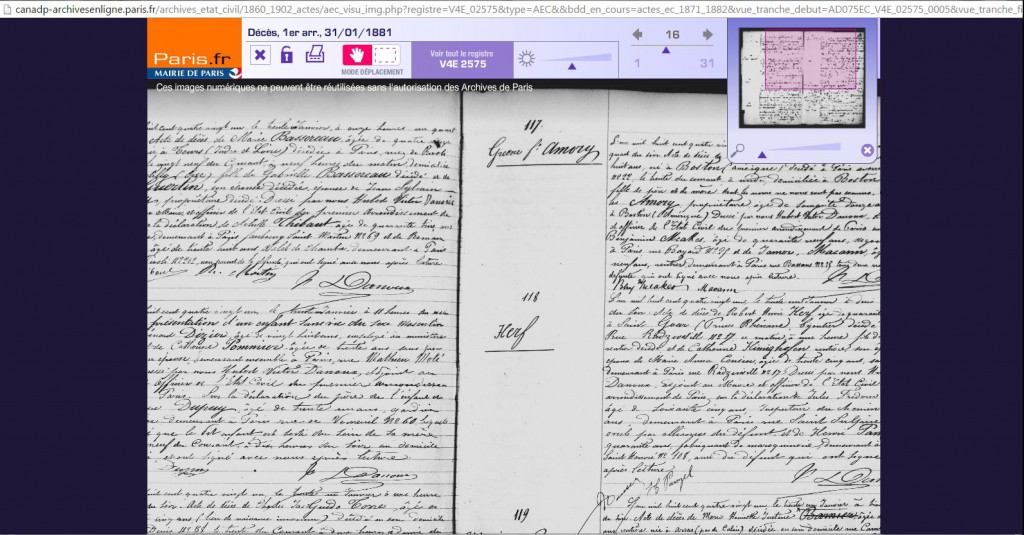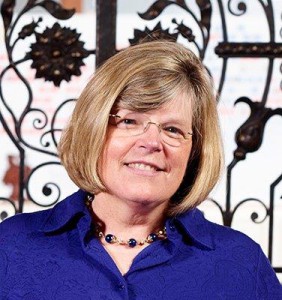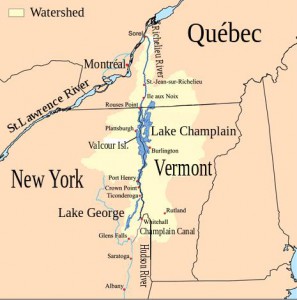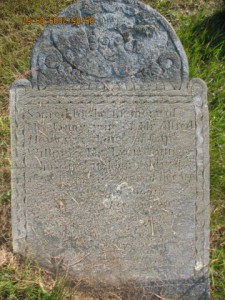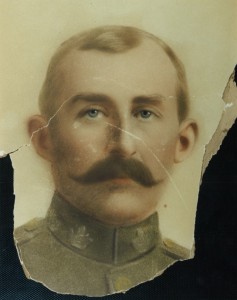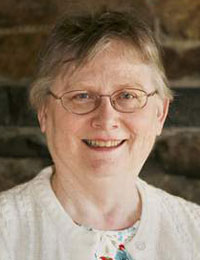 My Daughters of the American Revolution lineage is filed through Bernice Crane of Berkley, Massachusetts. I have other ancestors that I could have chosen, but I chose Bernice for a special reason – he is definitely my most interesting patriot ancestor.
My Daughters of the American Revolution lineage is filed through Bernice Crane of Berkley, Massachusetts. I have other ancestors that I could have chosen, but I chose Bernice for a special reason – he is definitely my most interesting patriot ancestor.
Bernice and his wife Joanna (Axtell) Crane were Tory sympathizers at the beginning of the Revolution. One family story says that Bernice Crane, a sea captain, “carried word to the Torries in New York until the Whigs ran his small craft ashore, when he became a patriot.” This decision was likely also influenced by the tar and feathering of his next door neighbor and cousin, Lemuel Crane. Continue reading Patriots
